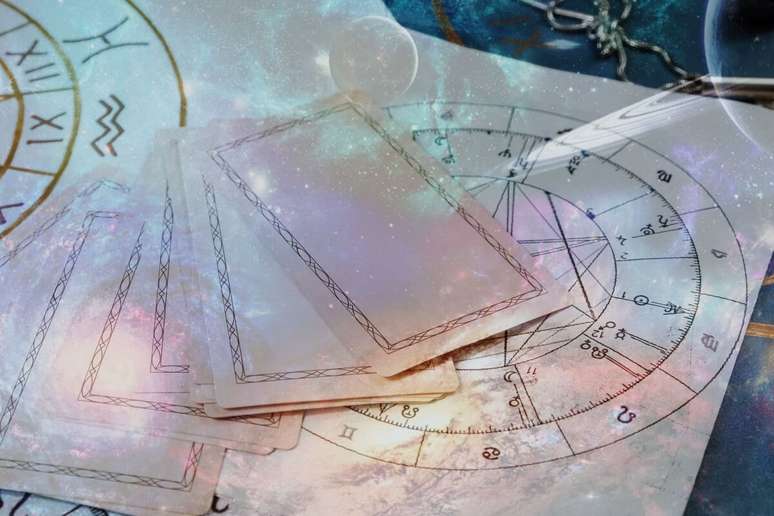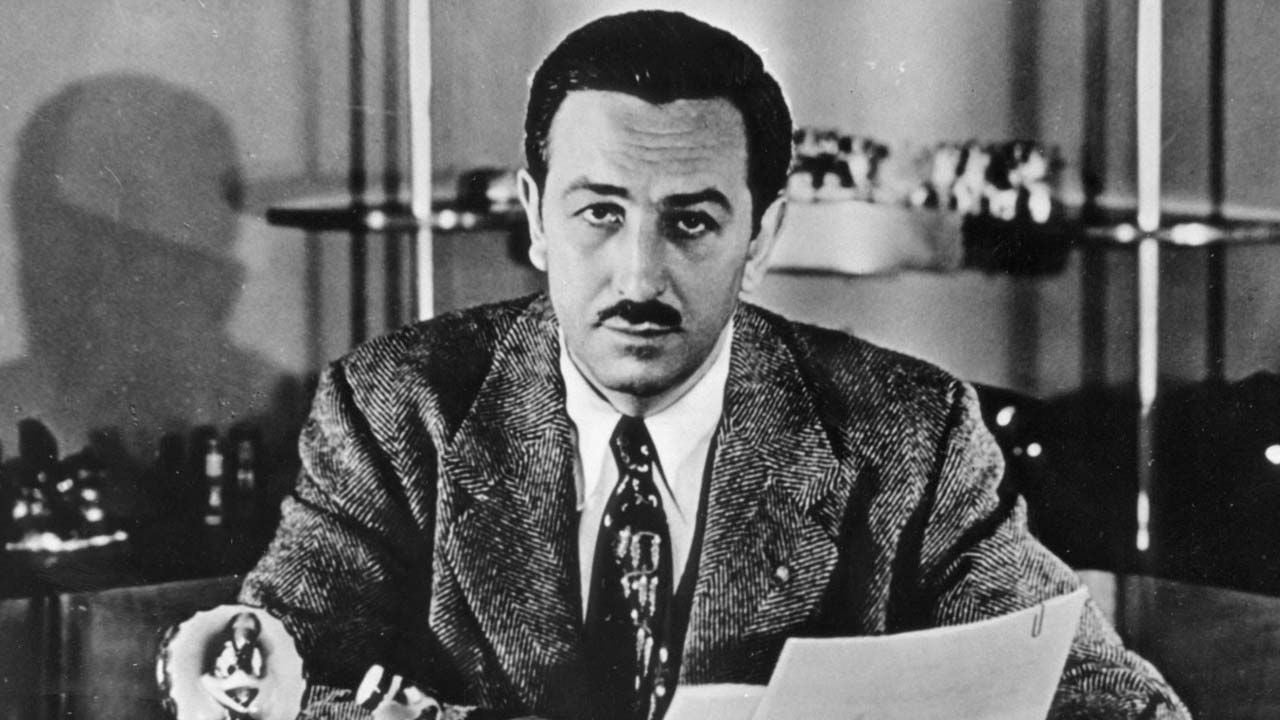Perhaps it is because of these stereotypes that your house is still a mess.
Decluttering has been a trend for a very long time and still does not lose its place. Because of this, problems have arisen: every day the number of “useful” tips on the Internet increases. Many gurus claim that their recommendations will help you make your home spotless and reduce cleaning to 20 easy minutes every day and a few “general” hours on weekends.
Unfortunately, in most cases, hacks don’t work. Today we’ll find out what decluttering is, what it’s often confused with, and what myths about getting rid of unnecessary things you shouldn’t believe. Are you ready? Then let’s get started!
What is decluttering?
“Decluttering is a term that’s often used when talking about cleaning or organizing things. Ultimately, the true meaning is lost because decluttering is really about getting rid of things you no longer need,” says Darla DeMorrow, a professional space organizer.
In simple terms, decluttering means removing all unnecessary stuff from your home. Why do we need to set such tight boundaries? According to Darla, it’s very important – if you include cleaning and creating a storage system in decluttering, then the task will become overwhelming and there’s a high risk that you’ll simply never take it on.









